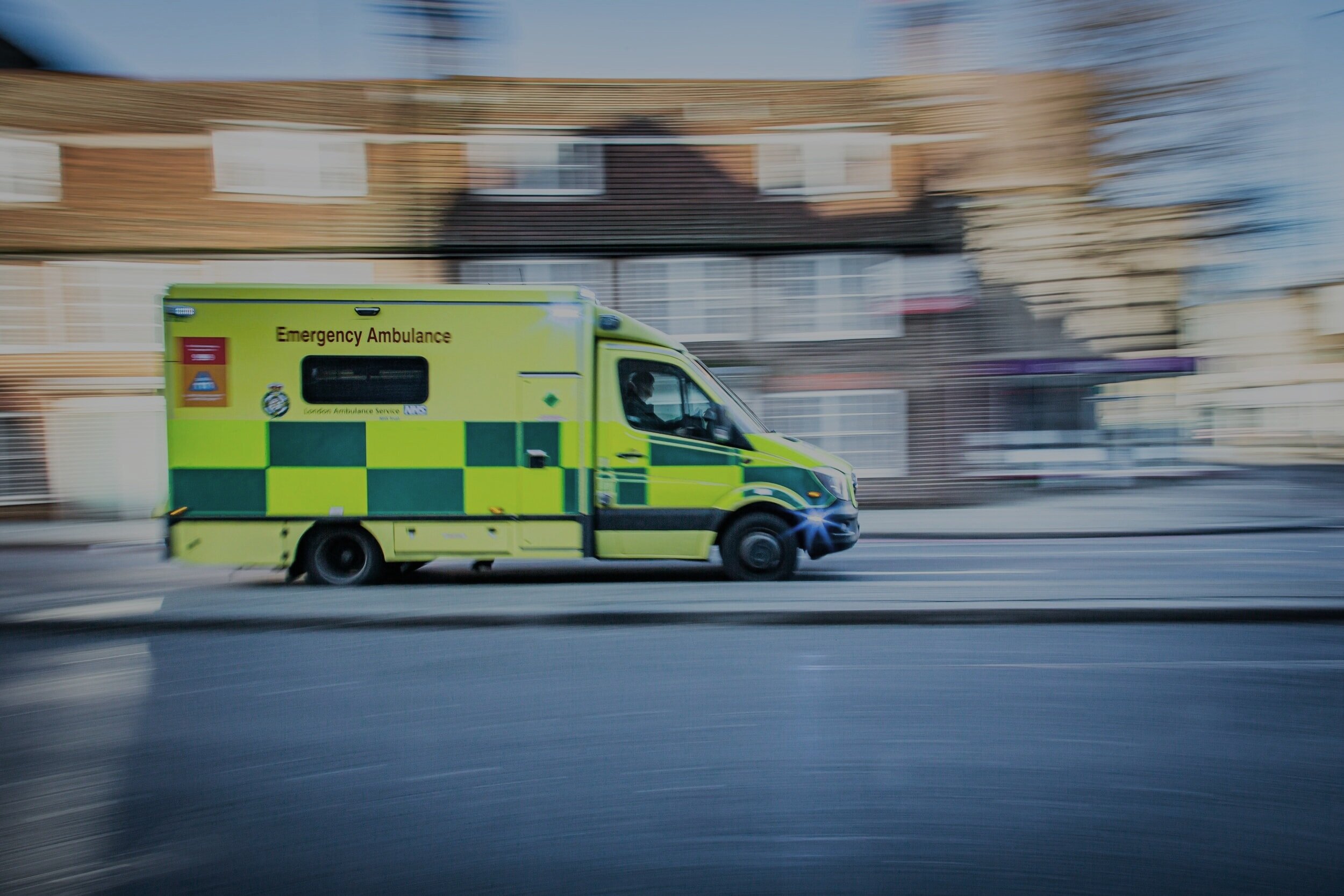
It is clear that emergency vehicle decontamination involves much broader list of measures than just sanitizing an ambulance car. It implies the destruction of pathogenic bacteria, viruses, fungi and spores from the surfaces of the vehicle, interior and exterior of it.
There are the following types of emergency vehicle decontamination:
- prophylactic;
- disinfection after each patient;
- disinfection after the transportation of infectious patients and at the end of the work shift.
In accordance with the sanitary rules and regulations, in an ambulance, as in any health facility, the sanitary and anti-epidemic measures must be observed:
Employees providing emergency vehicle decontamination service must meet the following requirements:
- only those employees who have passed an annual medical examination with a mandatory fluorography examination and briefing on sanitary standards, vaccinated according to the vaccination calendar, are allowed to work;
- daily cleaning must be carried out using disinfectants (2 times a day);
- the staff must work clean uniform and be supplied with protective equipment (masks, gloves) and disinfection products, all of the should be labelled accordingly;
- the staff must observes personal hygiene;
- all waste must be sorted and disposed of by class of biological hazard;
Carrying out disinfection measures in an ambulance
As a rule, emergency vehicle decontamination and disinfection is carried out in the emergency vehicle at the end of the work shift (twice a day). However, regular disinfection is necessary after each patient transferred to a medical facility (head restraints, stretchers, chairs must be cleaned and disinfected properly).
Surface disinfection
Walls, doors, ceiling, cabin floor, shelves, equipment, stretchers, chairs are subject to disinfection. Disinfection is carried out by wiping with a rag that is wetted in a working solution of a disinfectant or by spraying surfaces with a spray bottle. After holding the exposure time, the salon is washed with water, disinfected with a UV irradiator and ventilated.
In case of spillage of biological fluids (vomit, blood, urine, etc.), their disinfection must be carried out immediately. They are filled with a disinfectant solution, after exposure they are collected in special labelled containers and delivered to the station, where they are disposed of according to the sanitary rules.
Disinfection of cleaning equipment
Cleaning equipment, which is labelled with an indication of the purpose, after use must ne treated with disinfectant solution, washed with water and dried, then placed in a specially designed container until the next use.
Rags and napkins used for cleaning must be disposed of.
First aid supplies
All disinfectants used by emergency vehicle decontamination service must be approved for use in healthcare facilities by sanitary services.
Emergency vehicle decontamination services use special concentrated disinfectants which are suitable for all types of disinfection of any surface of an ambulance. They are highly effective against most bacteria, including Mycobacterium tuberculosis, viruses, including pathogens of hepatitis and HIV, fungi and spores. What’s more, these solutions can effectively fight coronavirus, which is very important nowadays when the most patients being transported by the emergency vehicles are infected with this form of virus. Since it is highly contagious, it is necessary to approach the cleaning very seriously.




More Stories
How to Create Subliminal Messages – Simple Guide You Can Use
Water Filters Installation and Maintenance – A Short Guide
Meeting Your Spirit Guide – Get to Know Your Friend in Spirit